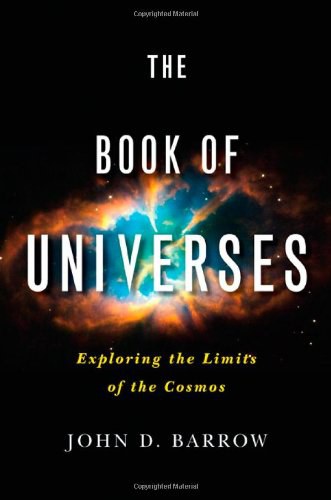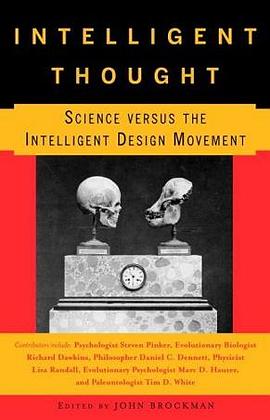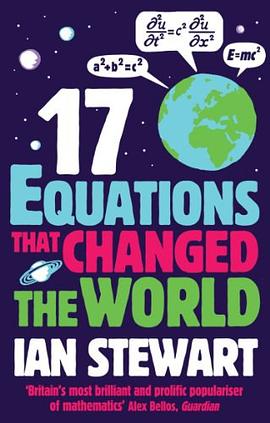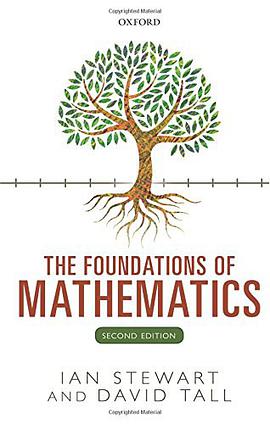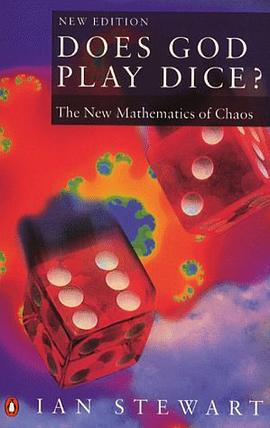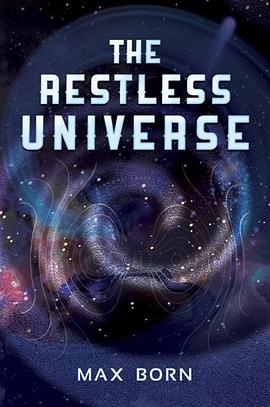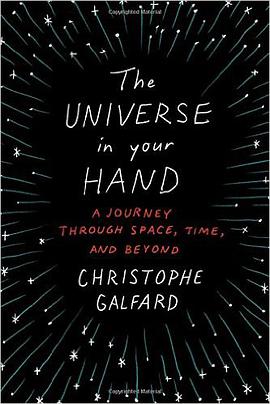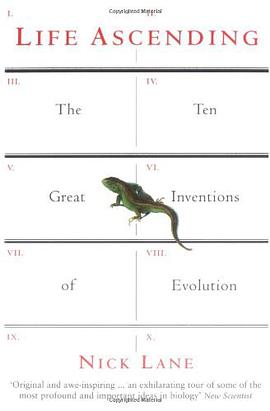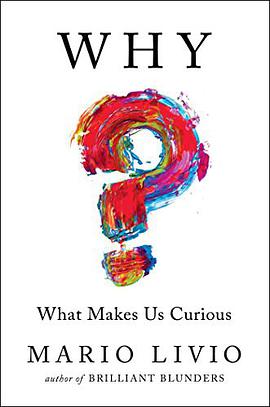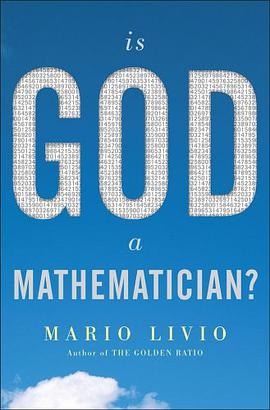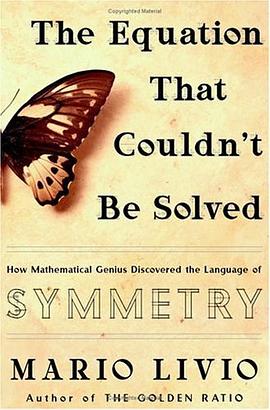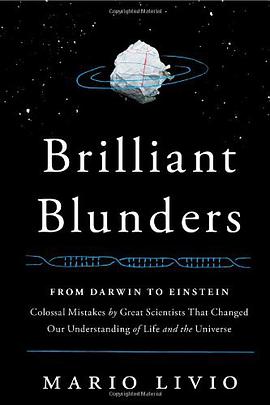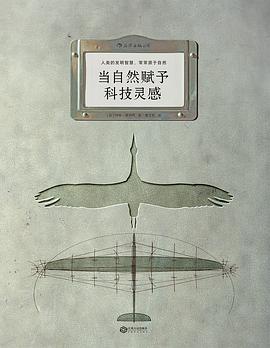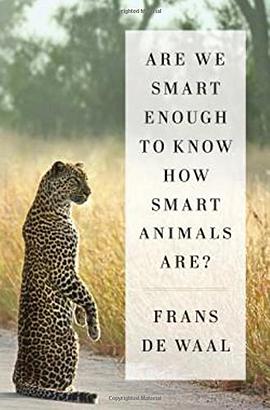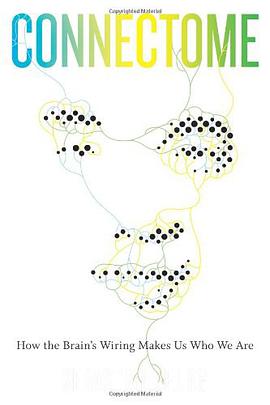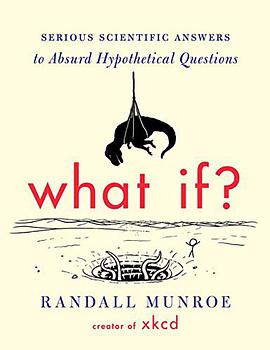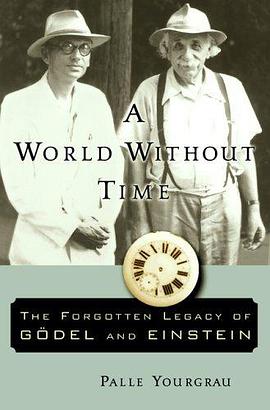PREFACE TO THE FIRST EDITION
This book is intended for readers in transition from school mathematics to the fully-fledged type of thinking used by professional mathematicians. It should prove useful to first-year students in universities and colleges, and to advanced students in school contemplating further study in pure mathematics. It should also be of interest to a wider class of reader with a grounding in elementary mathematics seeking an insight into the foundational ideas and thought processes of mathematics.
The word ‘foundations’, as used in this book, has a broader meaning than it does in the building trade. Not only do we base our mathematics on these foundations: they make themselves felt at all levels, as a kind of cement which holds the structure together, and out of which it is fabricated. The foundations of mathematics, in this sense, are often presented to students as an extended exercise in mathematical formalism: formal mathematical logic, formal set theory, axiomatic descriptions of number systems, and technical constructions of them; all carried out in an exotic and elaborate symbolism. Sometimes the ideas are presented ‘informally’ on the grounds that complete formalism is too difficult for the delicate flowering student. This is usually true, but for an entirely different reason.
A purely formal approach, even with a smattering of informality, is psychologically inappropriate for the beginner, because it fails to take account of the realities of the learning process. By concentrating on the technicalities, at the expense of the manner in which the ideas are conceived, it presents only one side of the coin. The practising mathematician does not think purely in a dry and stereotyped symbolism: on the contrary, his thoughts tend to concentrate on those parts of a problem which his experience tells him are the main sources of difficulty. While he is grappling with them, logical rig- our takes a secondary place: it is only after a problem has, to all intents and purposes, been solved intuitively that the underlying ideas are filled out into a formal proof. Naturally there are exceptions to this rule: parts of a problem may be fully formalized before others are understood, even intuitively; and some mathematicians seem to think symbolically. Nonetheless, the basic force of the statement remains valid.
The aim of this book is to acquaint the student with the way that a practising mathematician tackles his subject. This involves including the standard ‘foundations’ material; but our aim is to develop the formal approach as a natural outgrowth of the underlying pattern of ideas. A sixth-form student has a broad grasp of many mathematical principles, and our aim is to make use of this, honing his mathematical intuition into a razor-sharp tool which will cut to the heart of a problem. Our point of view is diametrically opposed to that where (all too often) the student is told ‘Forget all you’ve learned up till now, it’s wrong, we’ll begin again from scratch, only this time we’ll get it right’. Not only is such a statement damaging to a student’s confidence: it is also untrue. Further, it is grossly misleading: a student who really did forget all he had learned so far would find himself in a very sorry position.
The psychology of the learning process imposes considerable restraints on the possible approaches to a mathematical concept. Often it is simply not appropriate to start with a precise definition, because the content of the definition cannot be appreciated without further explanation, and the provision of suitable examples.
The book is divided into four parts to make clear the mental attitude required at each stage. Part I is at an informal level, to set the scene. The first chapter develops the underlying philosophy of the book by examining the learning process itself. It is not a straight, smooth path; it is of necessity a rough and stony one, with side-turnings and blind alleys. The student who realizes this is better prepared to face the difficulties. The second chapter analyzes the intuitive concept of a real number as a point on the number line, linking this to the idea of an infinite decimal, and explaining the importance of the completeness property of the real numbers.
Part II develops enough set theory and logic for the task in hand, looking in particular at relations (especially equivalence relations and order relations) and functions. After some basic symbolic logic we discuss what ‘proof ’ consists of, giving a formal definition. Following this we analyze an actual proof to show how the customary mathematical style relegates routine steps to a contextual background—and quite rightly so, inasmuch as the overall flow of the proof becomes far clearer. Both the advantages and the dangers of this practice are explored.
Part III is about the formal structure of number systems and related con- cepts. We begin by discussing induction proofs, leading to the Peano axioms for natural numbers, and show how set-theoretic techniques allow us to con- struct from them the integers, rational numbers, and real numbers. In the next chapter we show how to reverse this process, by axiomatising the real numbers as a complete ordered field. We prove that the structures obtained in this way are essentially unique, and link the formal structures to their in- tuitive counterparts of part I. Then we go on to consider complex numbers, quaternions, and general algebraic and mathematical structures, at which point the whole vista of mathematics lies at our feet. A discussion of infinite cardinals, motivated by the idea of counting, leads towards more advanced work. It also hints that we have not yet completed the task of formalising our ideas.
Part IV briefly considers this final step: the formalisation of set theory. We give one possible set of axioms, and discuss the axiom of choice, the continuum hypothesis, and Gödel’s theorems.
Throughout we are more interested in the ideas behind the formal façade than in the internal details of the formal language used. A treatment suitable for a professional mathematician is often not suitable for a student. (A series of tests carried out by one of us with the aid of first-year undergraduates makes this assertion very clear indeed!) So this is not a rigidly logical development from the elements of logic and set theory, building up a rigorous foundation for mathematics (though by the end the student will be in a position to appreciate how this may be achieved). Mathematicians do not think in the orthodox way that a formal text seems to imply. The mathematical mind is inventive and intricate; it jumps to conclusions: it does not always proceed in a sequence of logical steps. Only when everything is understood does the pristine logical structure emerge. To show a student the finished edifice, without the scaffolding required for its construction, is to deprive him of the very facilities which are essential if he is to construct mathematical ideas of his own.
I.S. and D.T. Warwick October 1976
